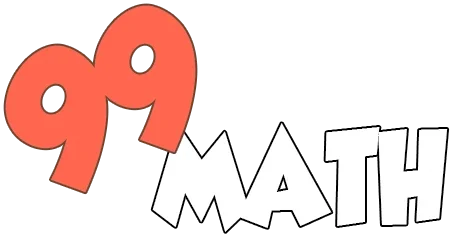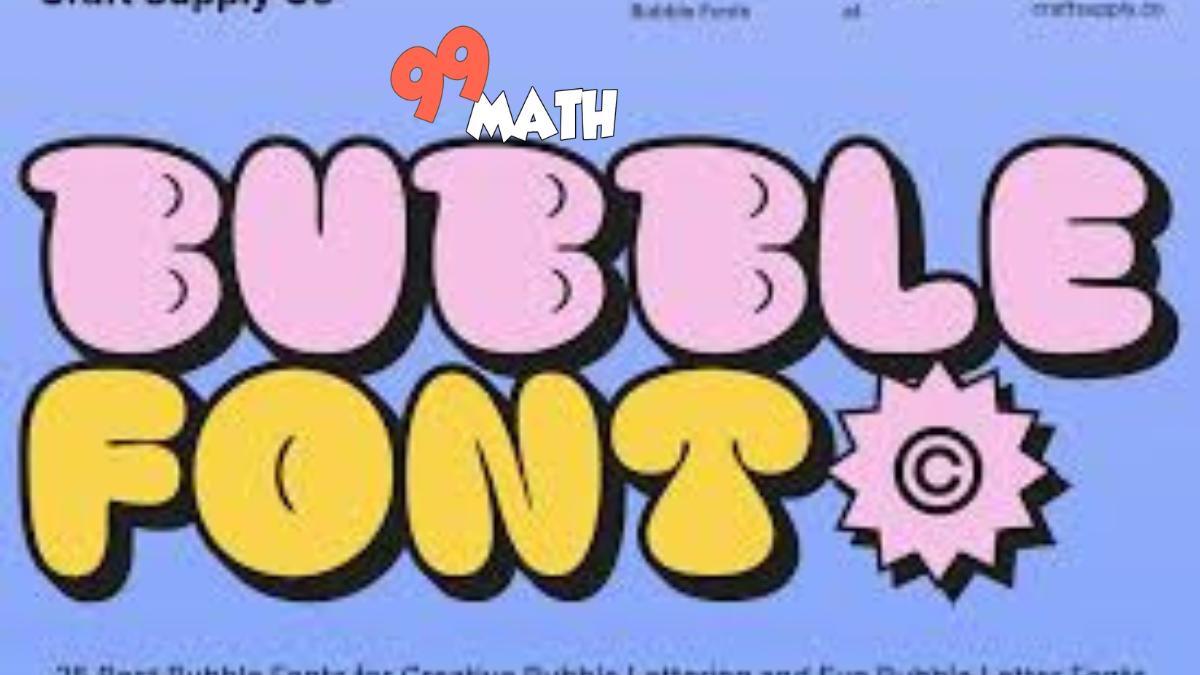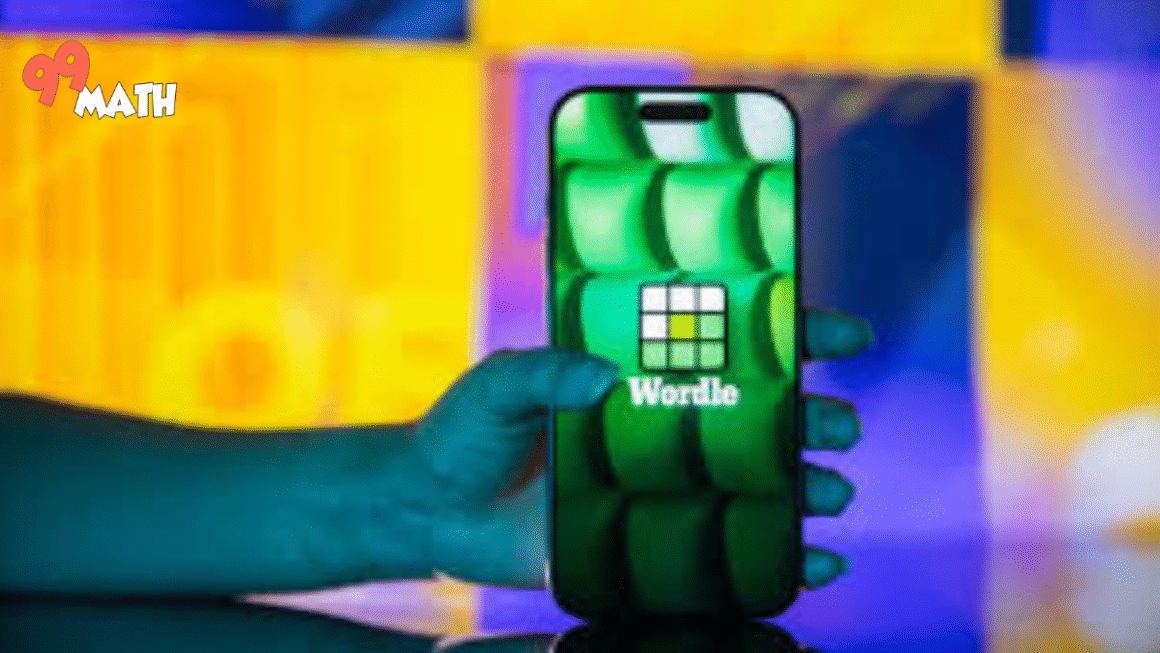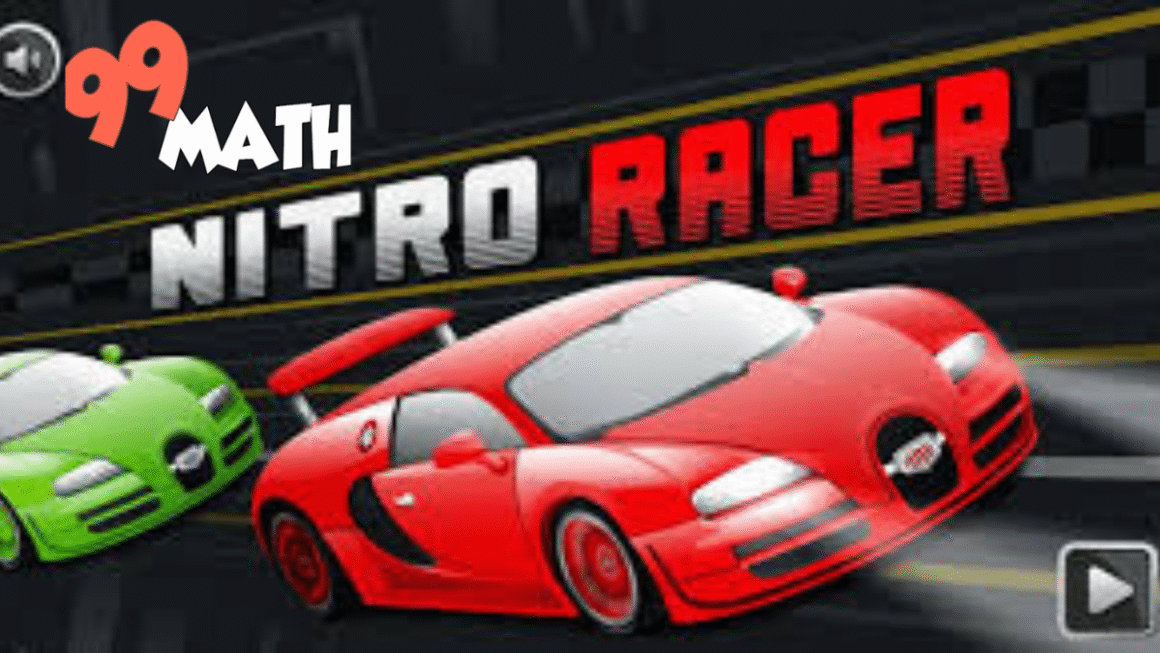Introduction
Bubble fonts Typography plays a pivotal role in the visual world, shaping the way we communicate through design. Among the many trends that have captured the imagination of designers, bubble font stands out as one of the most playful, bold, and visually engaging. With its rounded, soft edges and whimsical appearance, bubble font is a creative tool that adds personality to any design. From advertising campaigns to social media posts, bubble fonts are an eye-catching choice for designers seeking to create a fun, youthful vibe.
In this article, we’ll delve into the world of bubble fonts, exploring their origins, uses, and why they remain a popular typographic trend today. Whether you’re a seasoned designer or a newbie to the world of typography, understanding how to use effectively can significantly enhance your design projects.
What is Bubble Font?
Bubble fonts are distinctively designed typefaces characterized by their round, inflated appearance that resembles bubbles. They are often thick and bold, with a 3D effect that gives them a playful and vibrant look. The design typically features soft, curvy edges and exaggerated proportions, which makes the text appear as though it’s been inflated or formed by bubbles.
The charm of bubble fonts lies in their playful nature. They evoke feelings of lightness, joy, and creativity, making them a popular choice for informal and casual contexts. These fonts are commonly used in children’s book illustrations, comic books, and even advertisements targeting a youthful demographic. With their attention-grabbing look, are perfect for projects that aim to make a statement without taking themselves too seriously.
In terms of usage, bubble fonts are versatile but are best suited for situations where fun, creativity, or boldness is the desired mood. They are most effective when you want to catch the eye and add a sense of whimsy, as opposed to conveying professionalism or seriousness.
The History and Evolution of Bubble Font
The bubble font trend has roots in pop culture, especially in the 1960s and 1970s. During this time, the design world saw the rise of psychedelic art, bold color schemes, and experimental typography. This era of visual freedom laid the groundwork for playful fonts, and bubble fonts, with their rounded, inflated shapes, began to emerge as part of this movement.
The first widespread use of bubble fonts can be traced back to comic books, where artists sought to make dialogue stand out with larger, more expressive text. These fonts were often used to emphasize excitement, action, or humor. Over the years, the distinct look of became synonymous with fun and entertainment, influencing graphic design across multiple mediums.
With the digital revolution in the 2000s, bubble fonts gained new popularity. As web design and social media flourished, designers found new ways to integrate these fonts into modern branding, advertising, and digital content. Today, are a staple in the creative industry, used in everything from logos to posters to online banners. Their evolution from niche design to mainstream popularity has cemented their place as a fun, engaging typographic choice.
Why Use Bubble Font in Your Designs?
There are several compelling reasons why bubble fonts continue to be a favorite among designers. Perhaps the most obvious reason is their ability to capture attention. With their bold, inflated shapes, naturally draw the eye, making them ideal for projects that need to stand out, whether it’s for advertising or social media posts.
Another key advantage of bubble fonts is their ability to convey a sense of playfulness and fun. This makes them perfect for designs targeting a younger audience, such as children’s brands, toy companies, or even music festivals. When used appropriately, can bring a light-hearted energy to your design, helping to create a positive connection with the audience.
Bubble fonts are also incredibly versatile. While they are often associated with casual, playful projects, they can also be adapted to suit a variety of design contexts. By adjusting the color palette, background, and layout, designers can create a range of different looks that fit the desired aesthetic. For example, a bubble font with pastel colors may work well for a kids’ product, while a neon version could be used for a bold, retro-styled event poster.
Lastly, are excellent for making headlines, slogans, and brand names pop. Their size and boldness ensure they will be noticed, whether they’re used in print media or on websites.
How to Create and Customize Bubble Font for Your Projects
Creating and customizing bubble fonts is a relatively straightforward process, especially with the wide array of design tools available today. To start, you’ll need access to design software such as Adobe Illustrator or Photoshop, which allow you to manipulate typefaces with ease. Many design tools now offer pre-made bubble font styles that you can download and apply, making the process even more accessible for beginners.
If you want to create a custom bubble font, you can start by selecting a basic typeface with rounded characters. From there, you can experiment with different font weight, size, and spacing adjustments to give it that iconic inflated, bubbly appearance. Adding subtle 3D effects, gradients, and shadows can also enhance the illusion of depth, making the text appear as though it’s truly popping off the page.
Customizing bubble fonts also involves choosing the right color palette. Since are often used to evoke fun, vibrant emotions, it’s common to see bright and bold colors like pink, blue, yellow, or even neon hues. However, you can also experiment with muted tones or gradients for a more modern, sophisticated look. The key is to ensure the font remains legible while maintaining its playful personality.
When combining bubble fonts with other elements in your design, be mindful of balance. can sometimes overpower other elements, so it’s important to pair them with complementary fonts and visual elements that don’t compete for attention.
Common Mistakes to Avoid When Using Bubble Fonts
While bubble fonts can be incredibly effective, there are a few common pitfalls that designers should avoid. One major mistake is overusing in professional contexts. Their playful nature makes them suitable for casual projects, but when used in corporate branding, business websites, or formal publications, can come across as unprofessional.
Another mistake is using bubble fonts in situations where readability is a priority. While are fun and visually striking, they can sometimes be difficult to read, especially in smaller sizes or when placed against busy backgrounds. Always ensure that the text remains legible and doesn’t compromise the message you’re trying to convey.
It’s also important to avoid pairing with other overly decorative typefaces. Too many bold or intricate fonts in one design can lead to visual clutter. To maintain a balanced design, try combining bubble fonts with more neutral, clean typefaces to create contrast without overwhelming the viewer.
Finally, be cautious about using in every aspect of your design. While they are fantastic for headers, logos, and other focal points, using them excessively throughout a design can diminish their impact and make your project feel chaotic. Use strategically to ensure they have the maximum effect.
Conclusion
Bubble fonts are a fun and creative typographic choice that can bring boldness, vibrancy, and a sense of playfulness to your designs. From their origins in pop culture to their widespread use in modern branding, have evolved into a versatile and eye-catching design tool. By understanding their history, advantages, and best practices, designers can effectively integrate into their projects for maximum impact.
Whether you’re creating a playful logo, an engaging social media post, or an eye-catching event flyer, bubble fonts can help make your design stand out. Just remember to use them wisely and in the right context, balancing creativity with readability.
Also Read: gramhir pro




